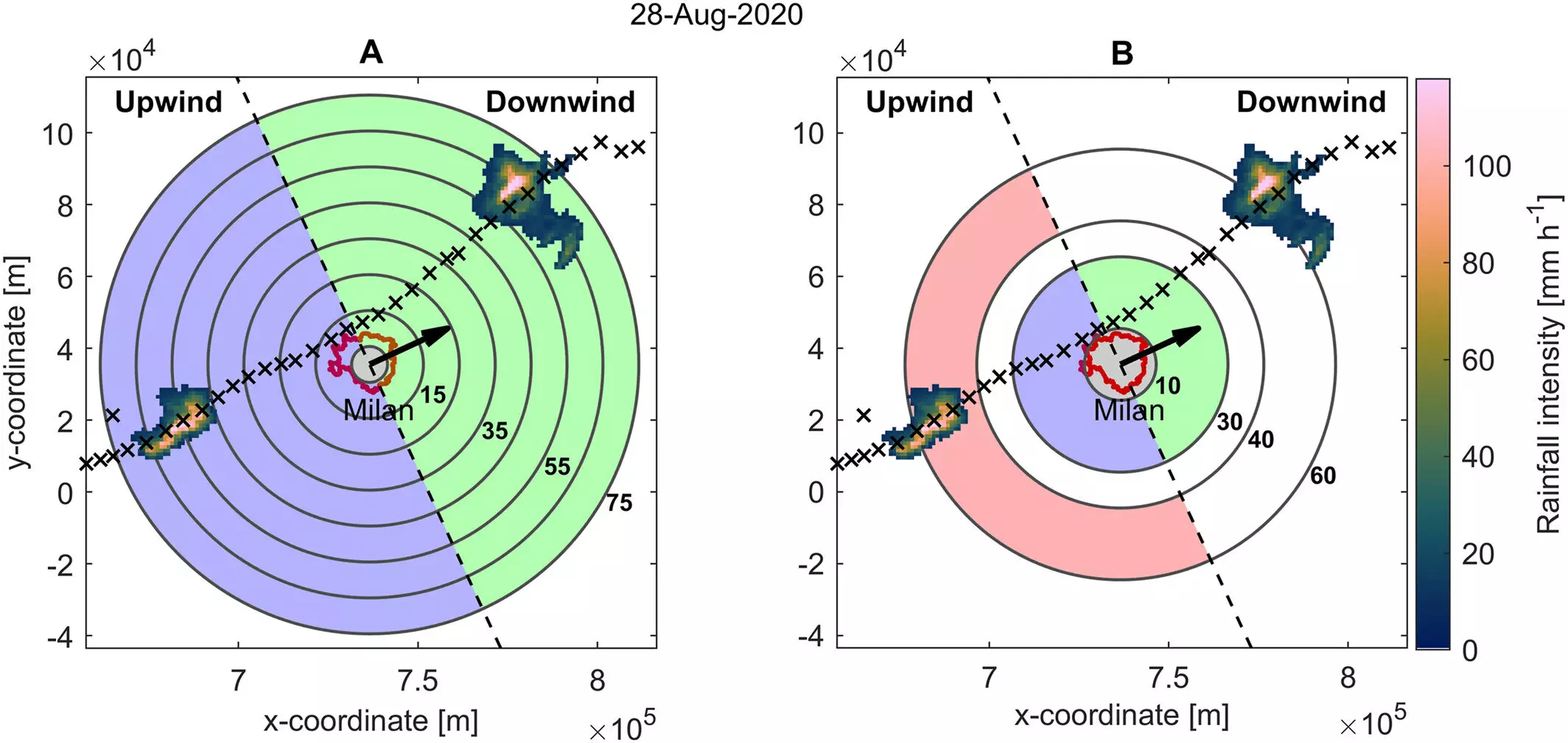Recent research has revealed a compelling relationship between urban environments and increased storm intensity, particularly during the summer months. Observations made across eight major cities provide critical insights into how urbanization impacts storm development and subsequently influences flood risks. As cities continue to grow and climate change exacerbates weather variability, understanding these urban storm dynamics is essential for effective urban planning and water management.
The Urban Heat Island Effect: Driving Storm Formation
One of the key findings of the study led by atmospheric scientist Herminia Torelló-Sentelles is the urban heat island effect, where cities, due to their infrastructure and reduced green spaces, typically experience higher temperatures than surrounding rural areas. This temperature differential plays a significant role in storm generation. Warmer air is drawn toward cities, where it becomes uplifted, cooling and condensing into precipitation. Consequently, urban landscapes not only serve as sites of increased rainfall but also act as catalysts for creating more intense storm systems. As cities grow in population and physical size, the likelihood of flooding—and the resultant stress on drainage systems—becomes increasingly concerning.
The architecture of a city extends beyond mere aesthetics; it fundamentally alters how air flows and storms develop. The study indicates that larger cities tend to spawn storms characterized by concentrated bursts of rainfall rather than evenly distributed precipitation. This phenomenon can be likened to a fire hose effect, where a significant amount of rain falls over a small area, overwhelming local drainage mechanisms. In this context, understanding how urban design influences storm paths and precipitation intensity is paramount for city planners, who must prepare for the associated flooding risks.
Comparative Analysis: Cities as Experimental Labs for Storm Dynamics
Torelló-Sentelles and her research team used high-resolution weather data collected over seven years from cities including Milan, Berlin, London, and Phoenix. This comparative analysis highlighted distinct variations between urban centers regarding rainfall patterns. For instance, while some cities demonstrated higher intensity rainfall directly over city centers, others like Berlin showed more dispersed storm activity. Moreover, certain urban centers were found to be significant storm initiators, whereas others did not exhibit this tendency. These variances underline the importance of localized studies in understanding how the characteristics of different cities can influence storm activity.
The implications of these findings for city planners are profound. As the world’s urban areas expand, the anticipated increase in storm events necessitates a reevaluation of existing infrastructure and water management systems. Cities must not only adapt to rising temperatures and more severe weather but also develop tailored strategies that consider their unique urban geography and storm patterns. Integrated urban planning frameworks that prioritize sustainable drainage systems, green spaces, and resilient infrastructure are critical to minimizing flood risks as urban storms become more frequent and intense.
The Intersection of Climate Change and Urbanization
As climate change continues to alter weather patterns globally, urban areas face compounded risks. The findings suggest that the rise in global temperatures could exacerbate the already pronounced storm intensity within cities. In light of these potential changes, city planners must engage with climate scientists to ensure a comprehensive understanding of both local and global impacts on urban weather systems. This intersection of environmental science and urban planning is crucial for the development of effective adaptation and mitigation strategies.
The study highlights not only the need for individual city strategies tailored to local conditions but also a broader need for collaborative research encompassing a diverse array of metropolitan environments. This will allow for the identification of the most effective practices in urban flood risk management. As cities continue to evolve, a strong emphasis on sustainable practices, informed by ongoing scientific research, will be essential to safeguard urban areas from the upcoming challenges posed by intensified storm activity and climate change.
The intricate relationship between urban structures and storm development underscores the necessity for cities to adapt dynamically. Recognizing each city’s unique characteristics will not only enhance our understanding of urban storm phenomena but also foster innovative approaches to urban resilience.


Leave a Reply